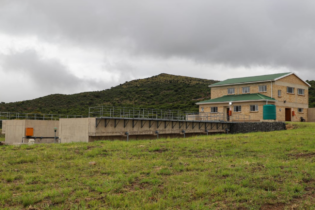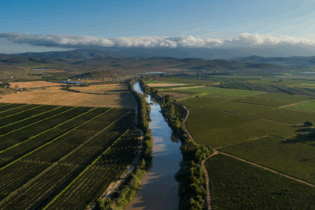The concept of an employment guarantee should have more traction in the local context given the high levels of unemployment that exist in South Africa. However, this is not the ideal solution, according to Dr Kate Phillip, a leading expert on inequality and economic marginalisation in Trade & Industrial Policy Strategies (TIPS), a policy research NGO.
Phillip was speaking at the launch of the Water Research Commission (WRC) water currents policy series, held on 14 August at the Leriba Lodge, Centurion. According to Dhesigen Naidoo, WRC CEO, the dialogues aim to provide a unique opportunity to bridge the gap between scientists, water users, policy makers, senior programme managers and implementers regarding one of the most pertinent topics of today: job creation. “As such, this dialogue will be a platform for sharing cutting edge knowledge and solutions, while also bringing key problems to the fore.” Comparing the Indian experience under the water asset creation in National Rural Employment Guarantee Scheme presented by Dr Shil Verma to the local Community Work Programme (CWP), which falls under the umbrella of the Expanded Public Works Programme (EPWP), Phillip stated that these projects highlighted “a need to think differently about how societies create employment,” as this was often viewed as an economic issue, but in fact it is also a social issue. The Indian example, according to Phillip – who also serves as an advisor to the presidency on short-term strategies for employment creation – has been a policy breakthrough in that it had created a right to minimum employment of 100 days per annum. However, this idea had been already put to the National Planning Committee and although it had been seriously considered, had not made the final analysis because of two key differences between the South African and Indian experience.According to Phillip, unemployment in South Africa is substantially higher than in India, which has large fiscal implications for the state as the demand far outstrips the available budget. In addition, she noted there was concern about the state’s ability to deliver and the capacity of the CWP to deliver at that scale. Currently there are 74 CWP sites in South Africa, with 80 more having been initiated in the current financial year.
Phillip says the opportunity does exist in the South African context to use labour to address social challenges at the local level through the CWP, with the large number of unemployed being viewed as an untapped resource. However, this requires a participatory process, which is the essential logic of the local CWP. by Chantelle Mattheus







